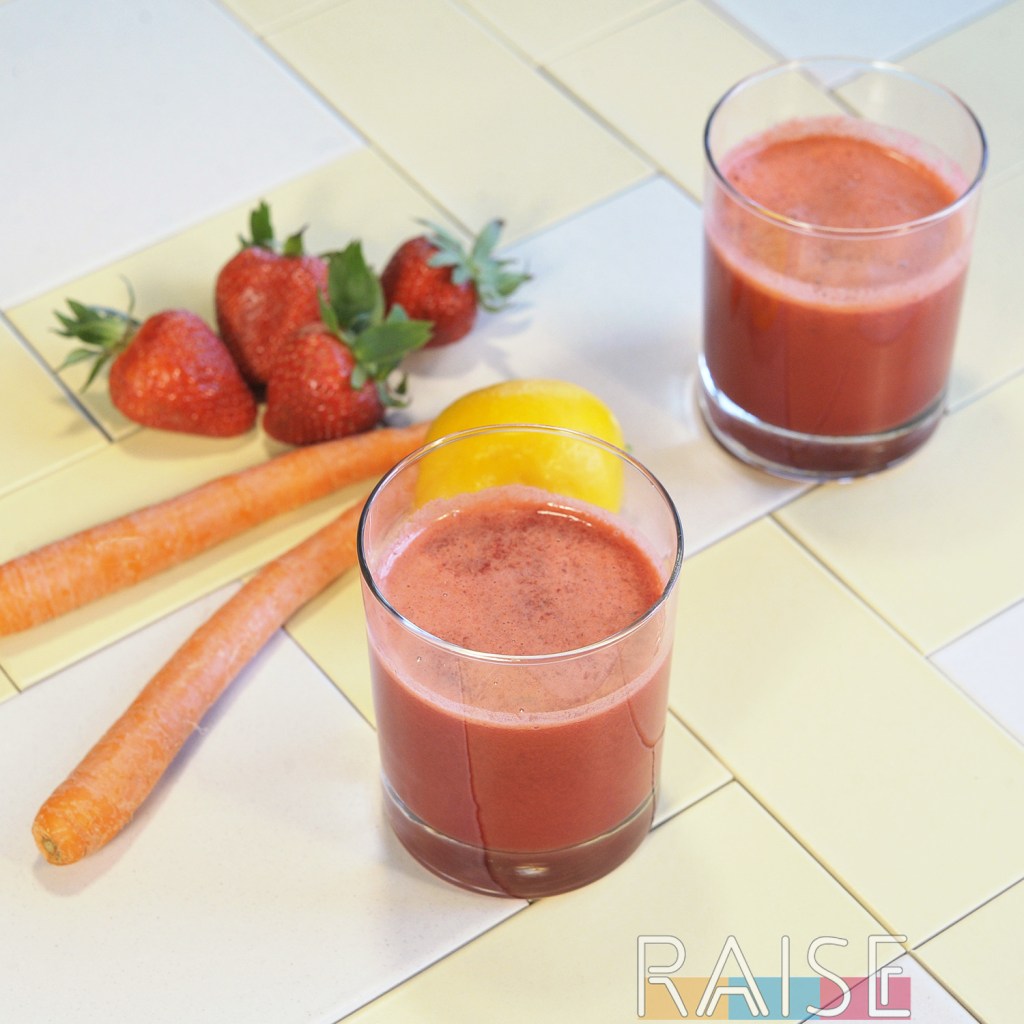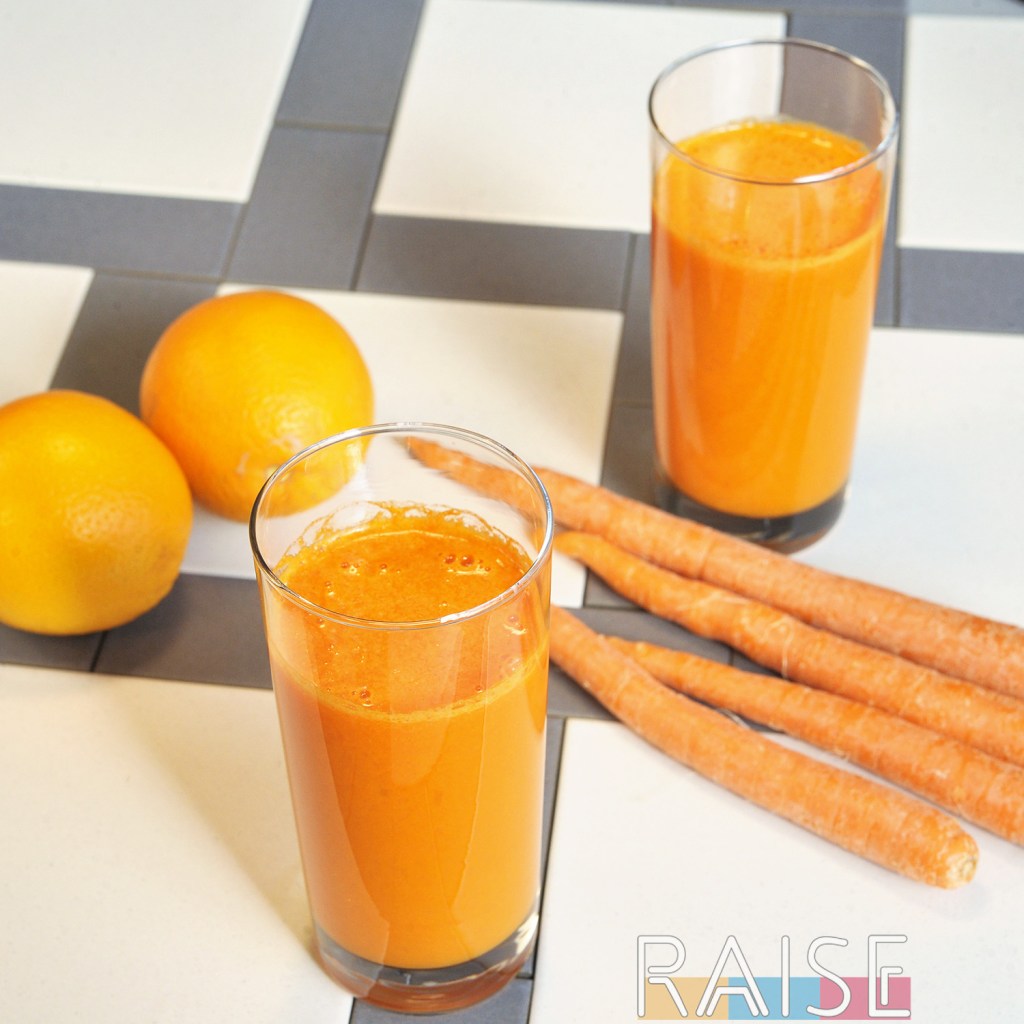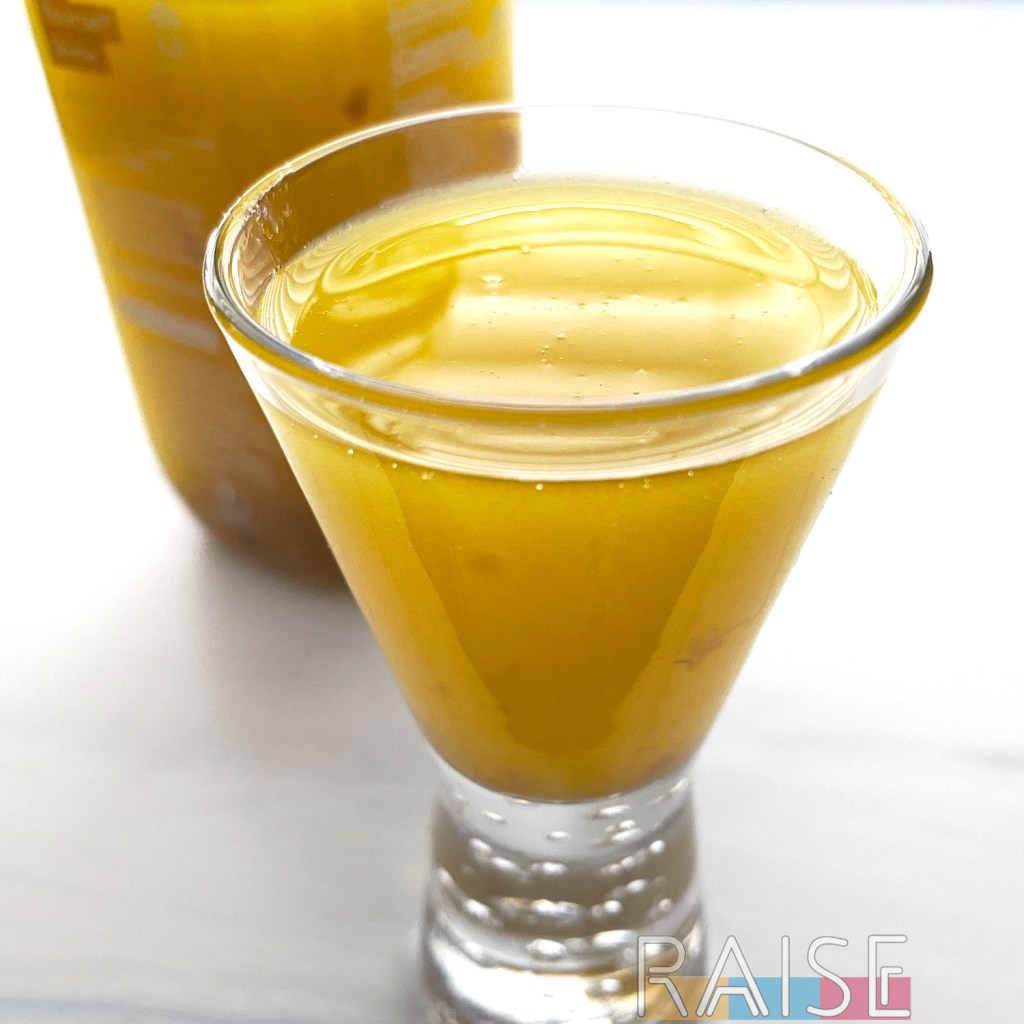When making fresh ginger juice at home, no, you don’t have to peel ginger before juicing it. In some cases however, you may want to. Homemade ginger juice has so much potential, so let’s take a look at juicing ginger and what you can do with your ginger juice and ginger pulp.
First, Choose Your Ginger Wisely
I personally opt for organic ginger to avoid unwanted chemicals used in the growing process. You’ll want to make sure there aren’t any moldy spots on your ginger before purchasing, or before juicing it. Depending on the type of juicer you have, try to select ginger pieces that will easily fit in the chute without you needing to cut it first.
If your ginger root is covered in dirt that won’t come off after washing, you may want to peel the ginger before juicing it.
Types of Juicers
There are two main types of juicers sold commercially: masticating juicers and centrifuge juicers. Many argue that a masticating juicer is the best type of juicer however, if you’ve been to juice shops or a juice bar, you’ll see that they use centrifuge juicers. I own both, so let me tell you a bit about them.
A masticating juicer moves slower, but usually produces a higher yield. When we chew, that’s also called mastication. That type of juicer has mechanisms that somewhat behave how our mouthes do when they chew.
Alternatively, centrifuge juicer spins a blade incredibly fast. As the produce hits the blade, soft pulp is ejected to one side whilst juice comes out of the other side. The spinning blade is usually connected to a mesh strainer. The strainer’s holes can get clogged if you use the juicer for an extended amount of time. To combat this, in between juices, pour a cup of water into the juicer. That can help clear the strainer’s holes.
Both types of juicers can handle unpeeled ingredients, small-seeded fruits, leafy greens, hard ingredients (carrots, beets, etc.), and more. They both also do well juicing fruits with a hard core, such as pineapple. It’s not advised to juice whole fruits that contain large seeds, as they can damage the blades and mechanisms. If the fruit has large seeds, you’ll want to remove the seeds before juicing.
If you’re planning to juice stone fruits (peach, nectarine, etc.),
Both juicers tend to not do as well with very soft fruits, such as banana. Rather than juice them, it purées them. Be sure to read over the manual of your juicer to fully understand what it can and cannot do well.
I’ll also add this: centrifuge juicers can handle citrus fruits pretty well whilst masticating juicers produce a lower yield. It’s not that they can’t juice the citrus fruits, it’s that they’re less efficient at juicing citrus fruits. Now, let’s take a look at some of the things you can do with your ginger juice.
Make Ginger Juice Ice Cubes
You’ll need fresh ginger root and ice cube trays to pull this off. You’ll start by making your own ginger juice at home. Transfer the juice into the openings of your ice cube trays. Pop it in the freezer and you’re ready to go. Personally, I like to use ice cube trays that are silicone on the bottom and come with a lid. This makes it super easy to pop out a cube when you need it.
One of the benefits to making ginger juice ice cubes is that you can juice a large amount of ginger in one go and easily preserve it in a single serving size. Ginger juice ice cubes have a range of uses as well. Here are a few ways you can use them:
- Thaw one cube for an instant ginger shot.
- Place a ginger ice cube into a mug and cover with hot water for an instant tea.
- Grab a one or two ginger juice ice cubes to use when cooking. You can add them to sauces, ragouts, soups, and more.
- Thaw a cube or two of ginger juice and add it to a fresh juice.
Make Homemade Ginger Shots
We often hear about the amazing anti-inflammatory properties, health benefits, and digestive system benefits of drinking the fresh juice of ginger. However, I’m sure that like me, you’ve seen how expensive ginger shots can be. The good news is that you can make these at home and have your own supply. You can also tailor the flavor of your juice/shots to meet your needs. Not everyone can handle full strength ginger, so you can dilute your shot with water or other fresh juices.
I love to juice pineapple and strawberries to add to homemade ginger shots and my kids love this mix. It’s really a matter of personal preference, but don’t be afraid to experiment with different ingredients and different ratios. If you plan on incorporating ginger shots into your daily routine, I suggest creating several flavours you enjoy and rotate through them.
If you’re one person making ginger shots, you can freeze portions of ginger juice to ensure you’re getting as much of the nutrient content as possible. As fresh homemade juices age, their nutrient content can start to diminish. You’ll also want to know this though: some juices when frozen and thawed develop a bitter taste. If you’re not sure how your juice will hold up, freeze and thaw a small amount to test how well it freezes.
Make Ginger Tea at Home
Ginger tea has been known to have immunity-boosting properties and has been celebrated for helping many people heal their sore throat. You can add your homemade ginger juice to hot water to have a tea. I’d suggest adding a little lemon and honey as well. Whilst this isn’t the same as using a ginger tea bag, you’ll still be able to enjoy the anti-inflammatory qualities ginger has to offer.
Other great ingredients to add to your ginger tea:
- Lemon Zest
- Turmeric
- Black Pepper
- Citrus Fruit Juice
- Maple Syrup
- Manuka Honey
Make Homemade Ginger Ale
So many commercial ginger ales aren’t loaded with real/fresh ginger. In fact, most use artificial flavourings to create the taste of ginger. An easy way to make homemade ginger ale is to start by adding carbon to your water. You’ll need something like a Soda Stream or Aarke to do this.
From there, add a little maple syrup, vanilla extract, and ginger juice to your carbonated water. Give it a gentle stir with a spoon or straw, and enjoy.
Add Your Fresh Ginger Juice to Salad Dressings
Ginger is a low-calorie powerhouse that makes for a great nutrient-dense addition to homemade salad dressings. It can add quite the zing to your dressings if you have time to make one. If you’re short on time, you can always use a store bought salad dressing, then drizzle a little ginger juice on your salad as well.
What’s great about ginger is that it pairs so well with a range of other ingredients including fruits and vegetables. I wouldn’t suggest using your homemade ginger juice in creamy salad dressings such as ranch dressing. A few salad dressing ideas for you:
- Strawberry Ginger Salad Dressing
- Peach Ginger Salad Dressing
- Blackberry Ginger Salad Dressing
- Lemon, Turmeric, Ginger Salad Dressing
- Balsamic Ginger Salad Dressing
For each of these dressings, I would make them as a vinaigrette.
How to Use Your Ginger Pulp
After you’ve made your fresh ginger juice, don’t throw away the soft pulp that’s leftover. It can be used in cooking recipes that call for fresh ginger. Personally, I love using ginger pulp in Asian dishes.
Your ginger pup can also be used in cookies, cakes, smoothies, and more. If you plan on using the ginger pulp, you may want to peel the ginger before juicing it, but it’s not a total necessity. The ginger skin will be mixed in with the pulp and most people won’t be able to detect its presence.
Answering Your Ginger Juicing Questions
Can I make ginger juice using my food processor?
Not really. A food processor will create more of a pulp or paste. Technically, you could use your food processor, then strain the results. However, this won’t be very efficient and your ginger juice yield will be on the low side.
Could I make ginger juice in my blender?
Technically yes, but you’d also need a fine mesh strainer, a nut milk bag, or something similar to the two. First, you’d blend the ginger on high speed. Then you’d transfer the contents of your blender to the strainer. You’ll need to apply force or pressure to squeeze out as much of the juice as possible.
Additionally, you’ll need to use quite a bit of ginger to pull this off since most blenders need a minimum amount of food/liquid to operate properly. Like a food processor, this isn’t the most efficient way to juice ginger, but also not impossible.
Can I juice whole lemons to add to my fresh ginger juice?
Yes, you can juice whole lemons. However, you’ll want to peel some of the thick skin first. Whilst seed removal isn’t necessary before juicing, I personally remove the thick outer layer of citrus fruits before juicing them to make sure the final juice has a smooth consistency.
Before I start the juicing process, I like to use a zester to zest my lemons. Citrus zest adds loads of flavour to recipes without you needing to use the whole fruit. Once I’ve zested, I use a paring knife or serrated knife to remove the thick skin. I don’t find the pith (white part) to be a significant concern, and leave some of it on. Then, I juice the whole lemons without breaking them down further into slices etc.
Could I use a garlic press to make fresh ginger juice without a juicer?
No, you won’t be able to efficiently juice ginger with a garlic press. What you’ll end up with is minced ginger, and it’s great for cooking with.
Do you know of an easy way to clean a juicer after using it?
A great way to quickly clean a juicer after using it is to put one or two cups of water into a measuring cup and pour it into the juicer whilst it’s on. This gets water into all of the parts and quickly cleans them. Then, disassemble your juicer and clean each part as normal. It’s a good idea to clean a juicer right away, because if all the bits dry, you really have to scrub them off.
How much juice will I get from a piece of ginger?
It will depend on several factors. First, the size of the ginger. Smaller pieces will yield less juice than larger pieces. Second, the type of juicer you use. As I shared above, masticating juicers usually have a higher yield. Overall, the average piece of ginger isn’t going to yield a huge amount of juice. I usually get 1 – 2 ounces per ginger root.
Could I use a vegetable peeler to peel my ginger before juicing it?
Yes, you can use a vegetable peeler on ginger. The thin skin of ginger also allows for you to use a spoon to peel the ginger, which some chefs insist is easier.
What can I do with vegetable peels and fruit peels after I’ve made homemade juices?
Vegetable peels and fruit peels are amazing for your compost bin! They can add a range of nutrients to your soil. If you’re unable to compost, depending on the peel, you may be able to use it as a garnish for salad and other side dish. You can also add fruit and vegetable peels to smoothies.



